Understanding Hepatitis C: Symptoms, Signs, and Causes
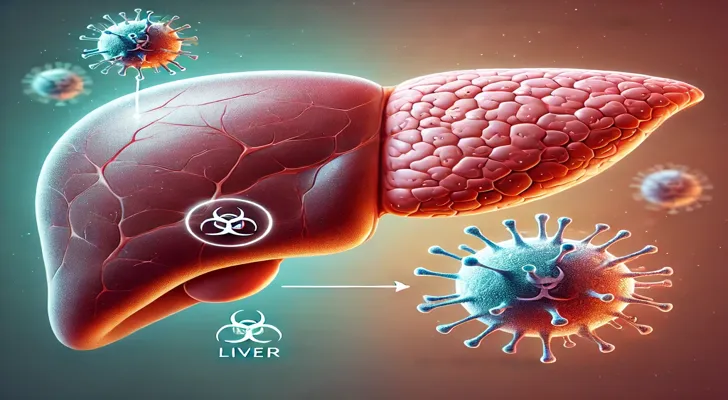
Hepatitis C is a viral infection that primarily affects the liver, causing inflammation that can lead to severe liver damage if left untreated. The virus is a member of the Hepacivirus genus and is transmitted through blood-to-blood contact. Globally, millions of people live with chronic Hepatitis C, often without realizing it until the disease has progressed significantly. Understanding the symptoms, signs, and causes of Hepatitis C is crucial for early detection and effective management.
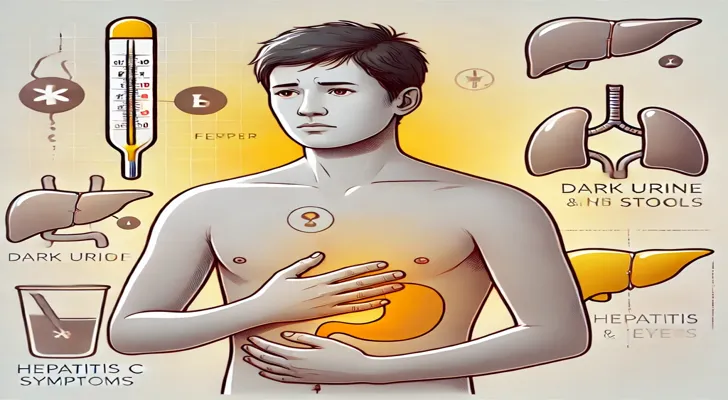
Symptoms of Hepatitis C. Hepatitis C is often referred to as a "silent" disease because many people infected with the virus do not experience noticeable symptoms until the liver has been significantly damaged. In the early stages, individuals might experience mild symptoms such as fatigue, fever, and muscle aches, which are easily mistaken for flu-like illnesses. As the infection progresses, more specific symptoms such as jaundice (yellowing of the skin and eyes), dark urine, and light-colored stools may develop, signaling liver dysfunction.
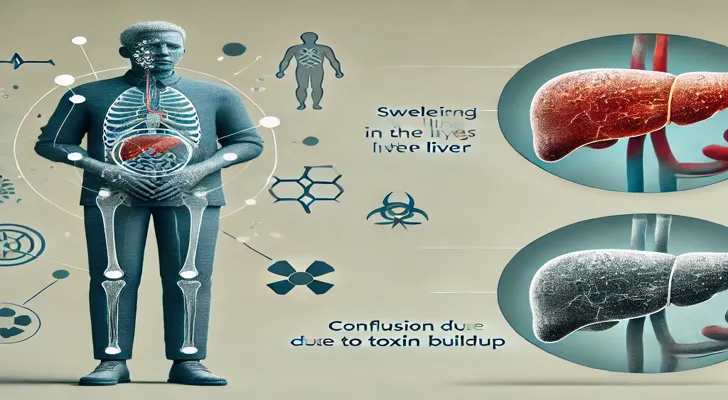
Recognizing the Signs of Chronic Hepatitis C. Chronic Hepatitis C can persist for many years, slowly damaging the liver without causing any symptoms. Over time, however, the virus can cause significant liver damage, leading to conditions such as cirrhosis, liver failure, and even liver cancer. Signs of advanced liver disease include swelling in the abdomen and legs, easy bruising or bleeding, and confusion or drowsiness due to the buildup of toxins in the blood. These signs indicate that the liver is no longer able to function properly, and immediate medical attention is necessary.
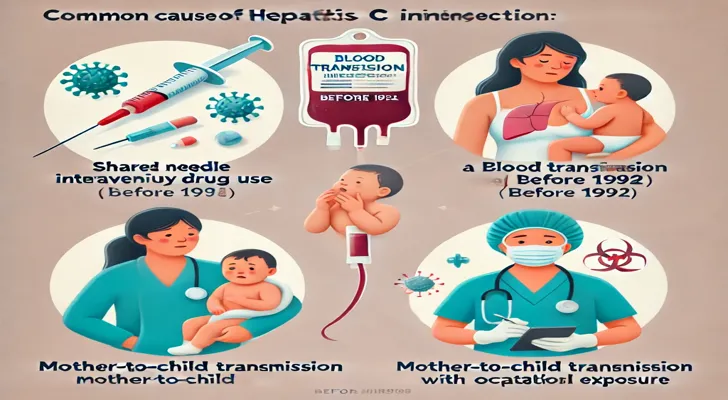
The Causes of Hepatitis C Infection. Hepatitis C is primarily spread through exposure to infected blood. The most common route of transmission is through sharing needles or other equipment used to inject drugs. Before widespread screening of blood donations began in the early 1990s, many people contracted the virus through blood transfusions or organ transplants. Less commonly, the virus can be transmitted through sexual contact or from mother to child during childbirth. Healthcare workers are also at risk of contracting the virus through needlestick injuries.
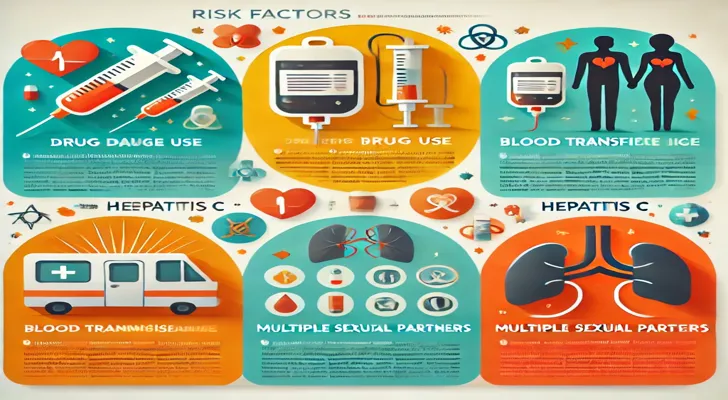
Risk Factors for Hepatitis C. Several factors can increase the risk of contracting Hepatitis C. These include engaging in intravenous drug use, having received a blood transfusion or organ transplant before 1992, and being born to a mother with Hepatitis C. People who have HIV or are on long-term hemodialysis are also at higher risk. Additionally, individuals who have had multiple sexual partners or engage in unprotected sex are at an increased risk, although sexual transmission is less common than other routes.

Diagnosis and Testing for Hepatitis C. Diagnosing Hepatitis C typically involves blood tests to detect the presence of the virus and to assess liver function. The initial test, known as an antibody test, can determine whether a person has ever been exposed to the virus. If the test is positive, a follow-up test is required to confirm whether the infection is still active. Further tests, such as a liver biopsy or imaging studies, may be necessary to evaluate the extent of liver damage.

Treatment Options for Hepatitis C. Treatment for Hepatitis C has improved dramatically in recent years, with the advent of direct-acting antiviral (DAA) medications. These medications can cure the infection in the majority of cases, often with a course of treatment lasting just 8 to 12 weeks. The specific treatment regimen depends on factors such as the genotype of the virus, the extent of liver damage, and whether the patient has been treated for Hepatitis C before. Early diagnosis and treatment are essential to prevent serious liver damage and improve the chances of a cure.
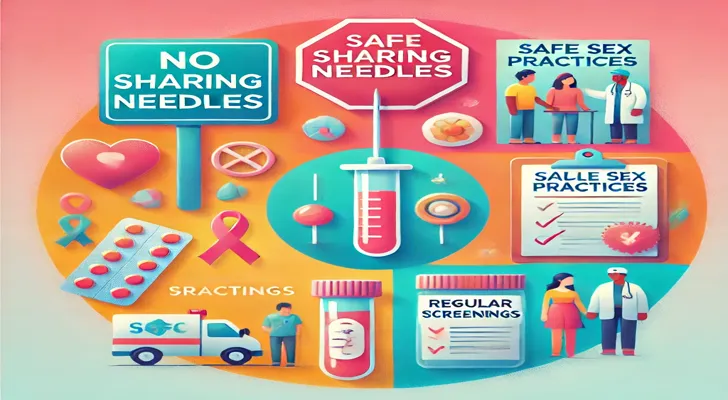
Preventing Hepatitis C. Preventing Hepatitis C involves reducing the risk of exposure to the virus. This includes avoiding sharing needles or other drug paraphernalia, ensuring that blood products are properly screened, and practicing safe sex, especially with new or multiple partners. Healthcare providers should follow strict infection control procedures to prevent occupational exposure. For individuals who are at high risk, regular screening for Hepatitis C is recommended to enable early detection and treatment.

By understanding the symptoms, signs, and causes of Hepatitis C, individuals can take proactive steps to protect themselves and seek timely medical care if needed. While Hepatitis C remains a serious public health concern, advancements in treatment offer hope for those affected, underscoring the importance of awareness and prevention efforts.
